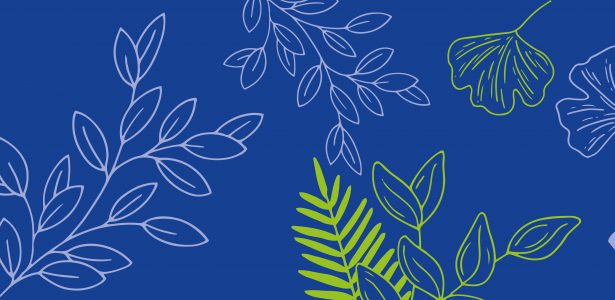CHAPTER 1 | Introduction

Reading 1.1 What are non-native trees?
Reading 1.2 An introduction to non-native trees in the Alpine Space
Lecture 1.1 About NNT & common territorial challenges
Virtual field trip I – Non-native trees in Turin Province, Italy
CHAPTER 2 | Identification of Non-native Trees

Reading 2.1 Tree species identification
Lecture 2.1. Dendrology – the study of woody plants
Lecture 2.2. Identification of invasive trees
Virtual field trip II – the Green Infrastructure of Trento, Italy
CHAPTER 3 | Risk of Invasiveness

Reading 3.1 Possible negative effects of non-native tree species
Reading 3.2 Non-native tree species characteristics
Reading 3.3 Assessment of the ecological risks of non-native tree species
Lecture 3.1. Risks of non-native trees
CHAPTER 4 | Sustainable Management and Use

Virtual field trip II to the forests of Slovenia
Reading 4.1 Management principles for sustainable use of non-native trees
Lecture 4.1 The Usage value of non-native trees in the Alpine space
Lecture 4.2 Timber market, market dynamics and price developments
Lecture 4.3 Comparing wood properties of native and non-native trees
CHAPTER 5 | Stress, Pests and Diseases

Reading 5.1 Common Pests & Diseases of non-native trees
Reading 5.2 Stress in urban non-native trees
Lecture 5.1 How does the urban environment affect trees?
Lecture 5.2 Evaluation of urban non-native tree species performances
CHAPTER 6 | Outlook under Climate Change – Mitigation and Adaptation

.
Reading 6.1 Climate Change in the Alpine space
Lecture 6.1 Construction of suitability maps for non-native tree species
Reading 6.2 Mitigation and Adaptation
Lecture 6.2. Forest management in times of Climate Change
Lecture 6.3.1 Citizen science for the observation of change
Lecture 6.3.2 Black Locust (Robiniapseudoacacia) – A case study
Lecture 6.3.3 Citizen science – How to participate?
The Non-Native Trees QUIZ

In the previous six chapters of the online course on non-native trees, you`ve learned about different aspects of trees in urban, peri-urban, and forest ecosystems, as well as the risks and benefits of introduced non-native tree species. In order to start the learning process successfully, we now give you the opportunity to test your new knowledge. The final exam consists of 25 questions. If you successfully complete the final exam, you will receive an ALPTREES certificate at the end.
Thanks for participating in the ALPTREES project!

